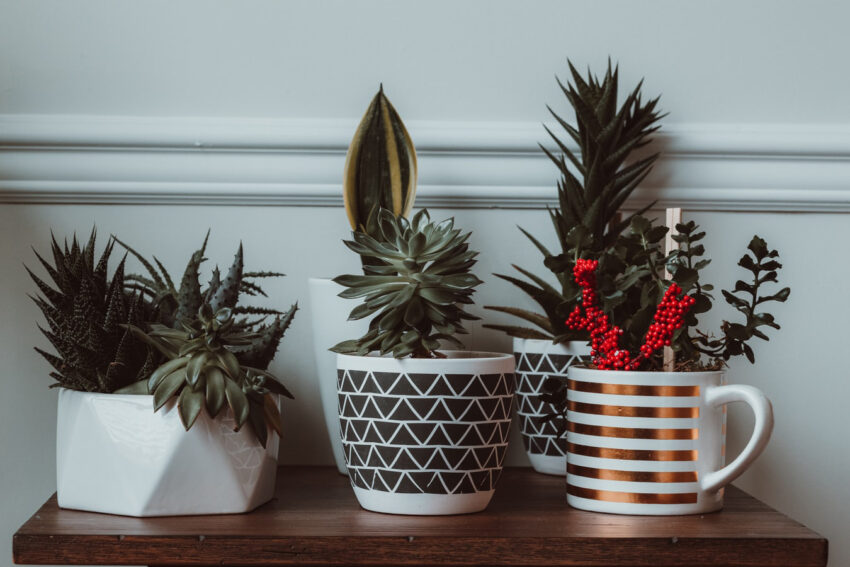Can I let you in on a secret? A lot of plant parents don’t want to hear this…
Your houseplants will tell you exactly what they want. You just need to be observant on how they communicate their needs.
In this case, your plants may tell you when they need fertiliser to stay green and healthy.
Nutrient deficiencies, both in gardens and potted plants, usually manifest in pale and droopy leaves. If you spot yellow or light green leaves, or dropped leaves for no apparent reason, perhaps your plant is asking you for the nutrients lacking in its soil.

The best time of year to fertilise is during active growth: when a plant is regularly pushing out new leaves and growing larger. Active growth is more common during spring and summer, when heat-activated tropical plants emerge from their winter dormancy. There is no need to fertilise during the cold season, as this often causes more harm than good.
Once it’s time for a nutrient boost, remember that less is more. Read the correct dosage on the product label to prevent fertiliser burn. Liquid formulas are often very concentrated and will shock the system if too much is applied. A little goes a long way, so start small.
Each and every plant has its own individual fertiliser needs. In general, nutrient formulas are most effective when applied every few weeks or months. Wait at least 1-2 weeks between reapplication.
Allow time for plants to adjust to fertilising, and discontinue if leaves looked burned on the edges. By paying attention to leaves before and after fertilising, all of your plants are in good hands for proper care!
You might also like to know if rain water or tap water is better for your plants?

